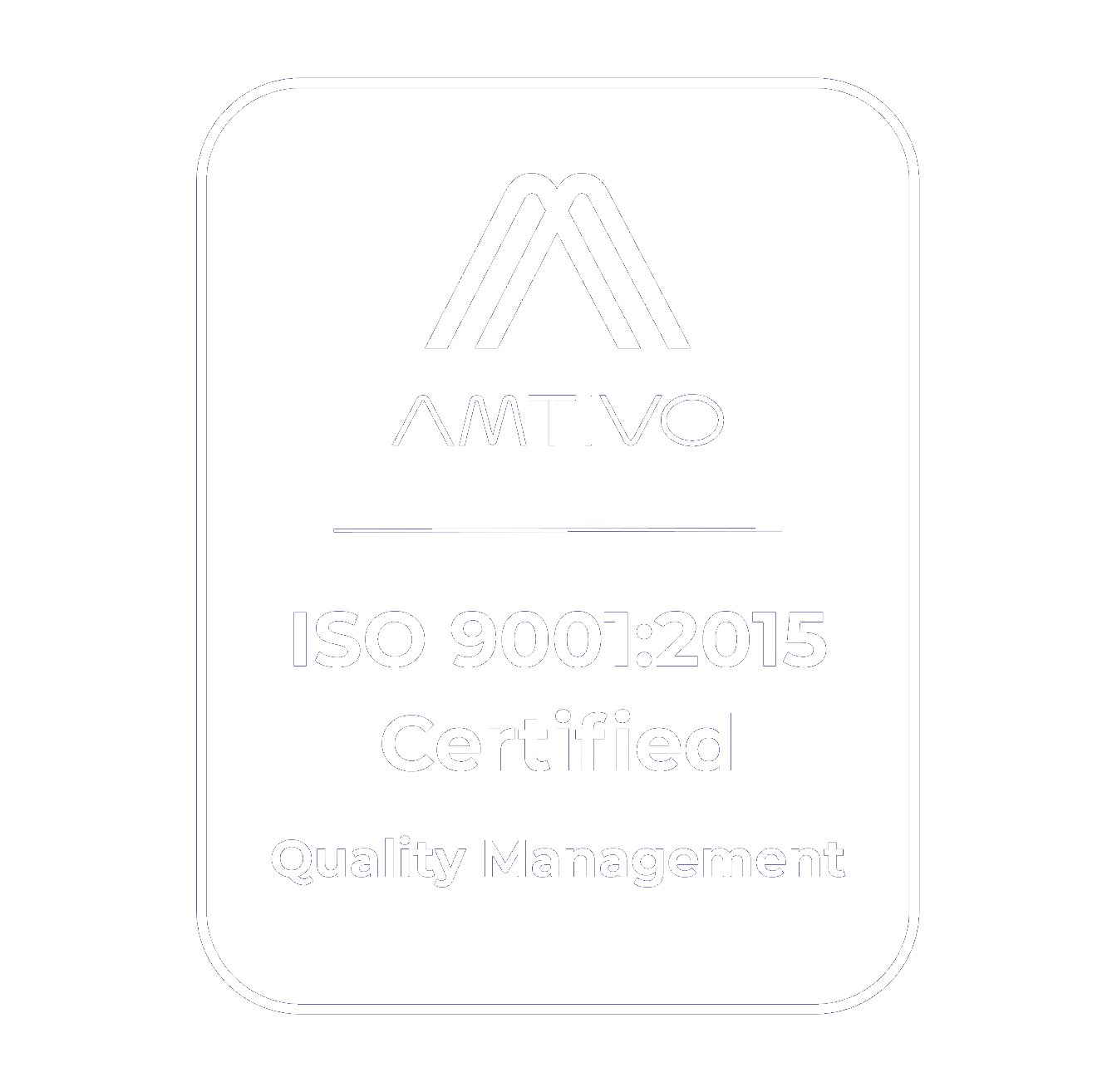Blogs
If you’ve ever ridden on the open waters, you’ll notice that there are no posted speed limit signs. In a car, you know how fast you should safely go, but in a boat, there is not as much clear guidance.
In this guide, we’ll explain what determines a safe speed for your boat and how to know what speed is safe for you.
Internal Factors That Determine Your Boat’s Speed
There are a lot of internal factors that play into how fast your boat can go. Let’s take a look at some of the biggest factors for a boat operator to consider.
Engine Size
First and foremost, you can only go as fast as your engine will take you. The more powerful the engine, the faster you can go.
Some engines are designed to haul heavier weights, and others are made for sheer speed. You’ll be able to quickly tell which one is equipped on your boat when you hit the throttle.
If you want a quick way to speed up your boat, consider upgrading the motor you have.
Boat/ Hull Type
The type of boat and hull will also help you go faster or slower in the water. If your hull is shaped to cut through waves, your boat will have less drag in the water. These are found on boats that are designed for speed.
Flatter, wider hulls and boats will have a lower speed that you can safely go.
Boat Size (Weight)
A heavier load will take more force to move forward. If your boat is massive and has tons of cargo in it, you’ll have to go slower in the water.
You’ll notice that near docks, cargo ships seem to be crawling along the ocean. If they went as fast as your speedboat, every boater in the area would have to make a run for it.
The bigger something is, the harder it is for it to stop. In addition, it’s also harder to navigate it and steer away from obstacles.
Your single-seater boat can speed past a large pontoon boat for this same reason (assuming you have a massive motor on your rig).
Propeller Type
If you didn’t know, not all boat propellers are created equal. They have varying diameters, pitches, orientations, and numbers of fins.
Are There External Factors That Affect Speed?
Looking outside of the boat, you’ll also see a lot of things that change how fast you can go.
Boat Traffic Density
Traffic jams exist on the water just like on the road. When there’s a lot of vessel traffic, you’ll have to go a lot slower. It’s hard to anticipate what other boaters are going to do, so you’ll need to reduce your speed to continue on safely.
If you’ve cruised in a busy port before, you know exactly what we’re saying. Low-speed maneuvering is always problematic. The best solution is to keep it slow.
Weather
Choppy waters, thick fog, and heavy rain will all force you to go slower. Whenever visibility is disturbed, you’ll need to lower your speed. If not, you can easily run into an obstacle.
Plus, when the water is especially rough, you’ll feel the need to go slower just to keep your lunch down. All the bouncing around just gets worse as you go faster through the surf.
Early morning fog is a big problem for coastline boating. A lot of recreational boats don’t come with fog lamps or lights at all, so it’s nearly impossible to see your fellow boaters.
Depth of Water
If the water isn’t deep enough, you’ll run the risk of running aground. In situations like these, your boat will have to go slower in order to avoid extensive damage to the bottom of your boat.
Going fast and plowing through shallow water is definitely an idea that some people have. It seems great in theory until your boat is completely stuck with no chance of freeing itself.
If you go slow and run into an especially shallow patch of mud or sand, you have the ability to back your boat up. Worst comes to worst, you might have to push your boat free. Still, things get much worse for you as you go faster through these same areas.
Safety Precautions to Keep in Mind
Stopping and navigating on the open waters is always a dangerous undertaking. There are plenty of internal and external factors that determine what speed can be safely achieved, but most importantly, use your common sense to take appropriate action.
A lot of times, you don’t have much say over these factors when you’re riding your boat. All you can do is adjust your speed accordingly and maintain a safe distance from other vessel operators to ensure everyone gets home safely.
It’s important to not go too fast in your boat. If it feels risky, it probably is. This is typically just a matter of feel. When you log enough hours at the helm of your boat, you’ll know what you can get away with on the water when it comes to speed.
If the weather is ever too foggy or you’re navigating in a busy area, take it slow. A boat accident can be a very dangerous and expensive mistake to make.
It is always important to take a boating safety course before stepping behind the wheel. Without a thorough understanding of safety procedures and navigation rules, you could find yourself in trouble. And always remember to have enough life jackets on board, along with a fire extinguisher, a first aid kit, and flares.
Learn More About Your Boat’s Speed
Knowing what speed your boat can safely go is tougher than you might think. If you have some more questions about internal or external factors that affect this speed, you can reach out to our boating pros at Michigan Wheel.
You can use our useful online calculators to determine which outboard prop is right for you or what inboard propeller size is perfect.






